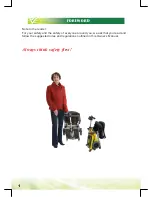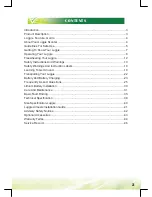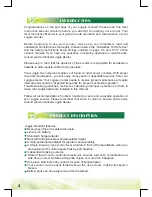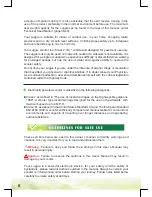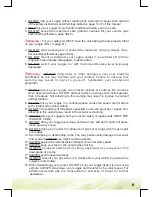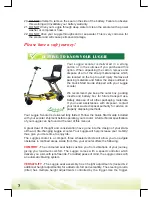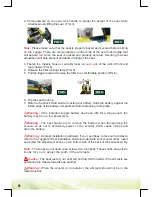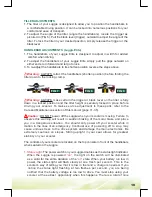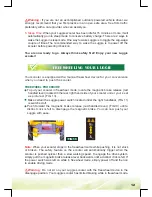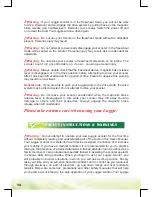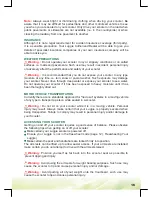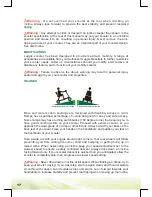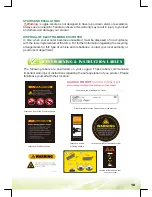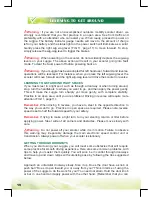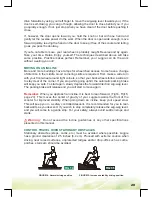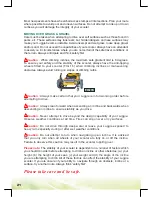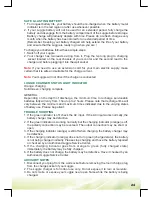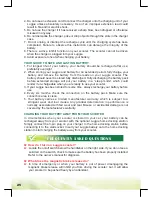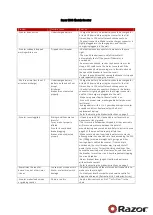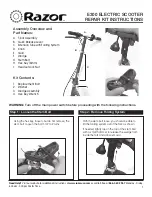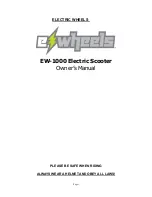
11
11
and need to be re-charged. Refer to the battery and battery charging section
for further details.
Note :
When driving up a slope or similar obstacles your Luggie motor will be
working harder than usual, the battery gauge will move into the red sector. The
indicator on the battery meter will regulate to actual charge once the load on
your motor is reduced. In conditions listed above, the battery indicator gauge is
not a true indicator of amount of charge left on the battery.
3. Speed Adjustment Dial:
The speed control dial allows you to select the speed of
travel, turtle mode or rabbit mode. Adjustments can be made as you travel.
4. Forward, Reverse Control (Wig-Wag) Lever:
The wig wag control lever is located on the top console in front of the handlebar
as seen in (FIG 11). Gripping on the right lever will move your Luggie in a forward
direction. Gripping on the left wig-wag lever will move the Luggie in a reverse
direction. To stop, simply release the wig-wag lever.
Warning :
Do not hang bags or other belongings over the steering handlebars,
doing so may interfere with the movement of your control lever. Failure to observe
this warning could put you in a dangerous situation
.
Note :
Your Authorized Luggie Distributor can modify your vehicle for left-hand
operation use if requested.
FIG 11
FIG 12
FIG 10
status light flashing diagnostic signals for the Luggie, refer to Basic Fault
Finding section in the rear of this manual for reference.
2. Battery Indicator:
The battery indicator is located on the top console between the
handlebars. When your scooter is switched on, the indicator on the gauge
will move across the scale from the left 'red' sector towards the 'green' sector,
indicating the state of charge of your battery. As the power is used up the indicator
will move towards the red sector indicating the state of charge at that precise
time. When the indicator is fully over to the right (green sector), the battery is fully
charged. When the indicator falls in the red sector your battery is low in charge


